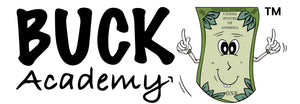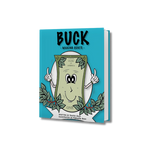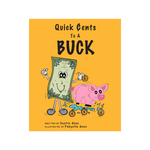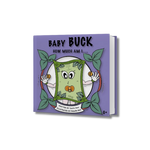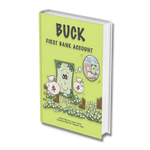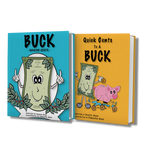You have no items in your shopping cart.
“INTEREST,” when explained to children, can be thought of as the extra money you earn or pay when you save or borrow money.
For Savings:
Imagine you put your money in a bank. The bank says, "Thank you for letting us use your money." In return, they give you a little extra money, called interest, on top of what you saved.
To be clear, when you save your money in the bank, you will let the bank use the money for its own purpose. However, anytime you need it, they will provide it for you.
Saving money in the bank is still one of the best places to have it. You will not risk losing it and it is possible you may gain interest that the bank offers. And, if the bank collapses, or is shut down, FDIC insurance will cover the money. “FDIC,” the Federal Deposit Insurance Corporation, is a U.S. government agency supplying deposit insurance to depositors in American commercial banks and savings banks. Learn more about FDIC on this BUCK Academy education.
So, here is an example of interest:
If you save $100, and the bank gives you $5 as interest, now you have $105!
For Borrowing:
If you borrow money, it's like you're asking someone to lend you money to buy something. Since they're letting you use their money, you agree to pay back more than you borrowed. That extra money you pay back is called interest. So, if you borrow $100 and must pay back $110, the extra $10 is the interest.
In simple terms for children:
Interest is either a reward for saving money or a cost for borrowing it. Always remember, the more you save your money, the more you gain. The more you borrow, the more you owe. Learn what debt is here on BUCK Academy.
